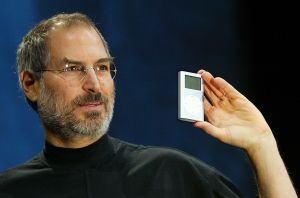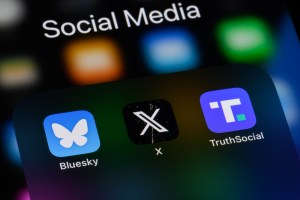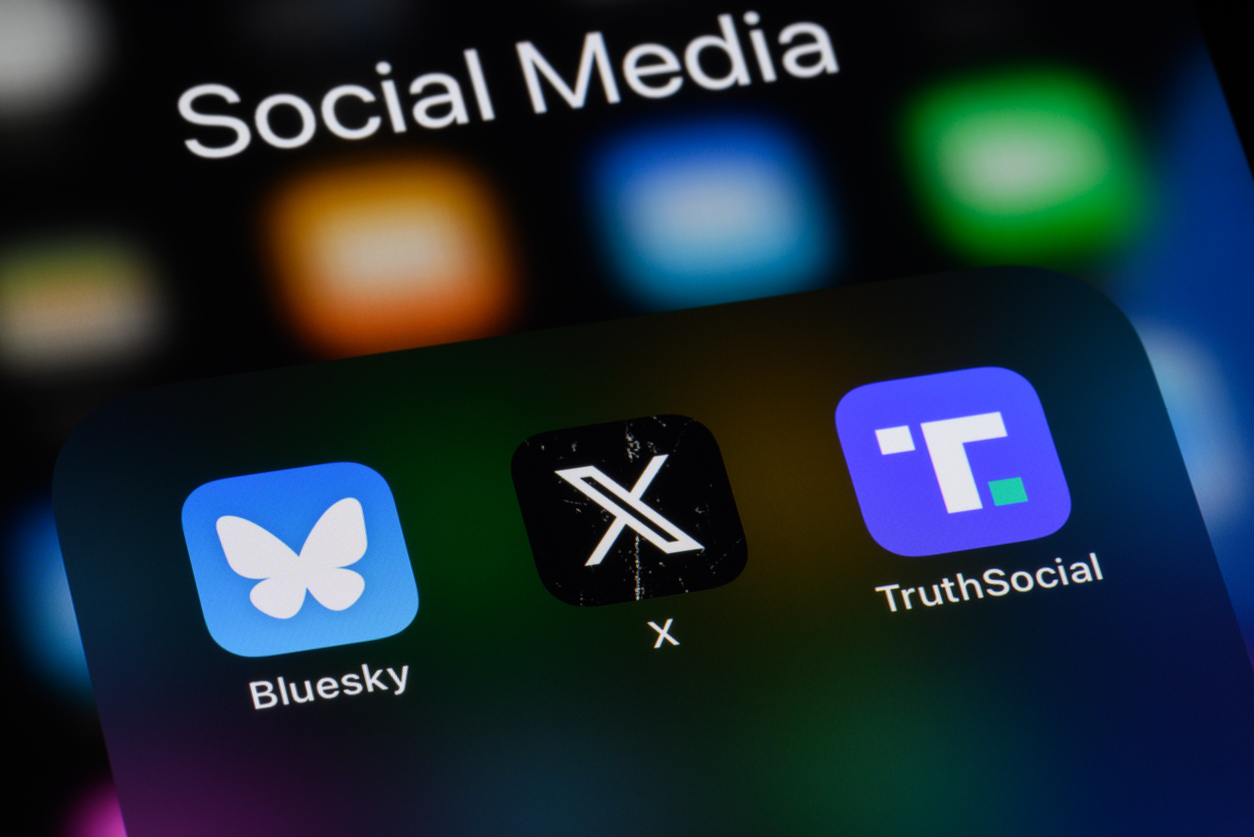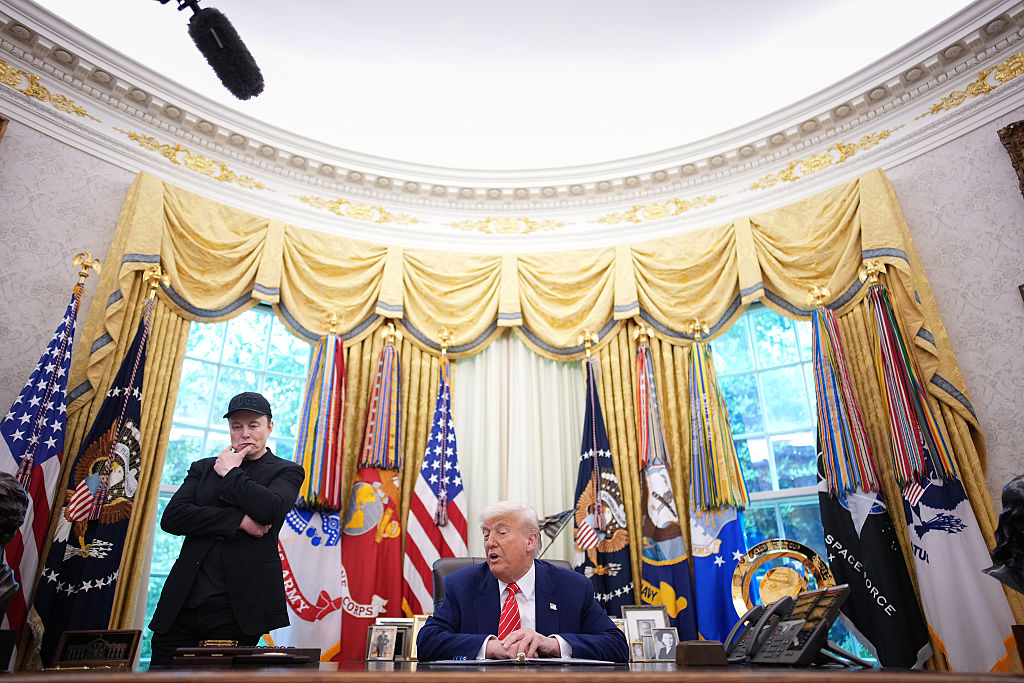Andrew Tate, that rascally misogynist everyone loves to hate, has been in the news for the better part of this holiday season.
First, the World Economic Forum’s favorite climate change influencer, Greta Thunberg, “clapped back” at him on Twitter, suggesting he had a small penis. This galvanized Tate to publish an insane response video. The story didn’t stop there, though, because how could it? In this video, a pizza box was in view, and according to Twitter conspiracy theorists, it alerted Romanian authorities to Tate’s location, where he was taken into custody for sex trafficking.
What a neat narrative arc! You can even plug it into Freytag’s pyramid of dramatic structure, which states that every story must have an exposition, rising action, a climax, falling action and a resolution.
But of course, reality isn’t structured like a movie plot, and what was reported about Tate isn’t quite what happened. It’s just what Twitter insisted had happened.
To paraphrase Ben Dreyfuss’s excellent post on the controversy: no Romanian journalists reported that Tate was found because of the pizza box, but plenty of British and American sources did. Why? They were repeating things they’d read on Twitter. This story was repeated so many times that it became as good as the truth.
This has always been the case with Tate, who was memed into controversy to begin with.
It’s as if one day we all woke up and everyone was talking about him. So how did Andrew Tate become Andrew Tate?
If headlines are to be believed, Tate built an army of young men, ready to devalue women and build and traffic a harem of cam girls. He was supposedly famous in the same way that the influencer-cum-boxer Jake Paul was famous: an organic rise through social media, unbeknownst only to those who weren’t plugged into the well-worn networks viewed by young people every single day. Or, put another way, not knowing who Tate was in 2022 was like not knowing who Kurt Cobain was in 1994. Plausible but not likely if you’re under twenty-five.
Strangely enough, though, at least some part of the “manosphere,” the digital community Tate supposedly spawned from, was wondering who the guy was. And if they did know who he was, they wanted to know how exactly he managed to skyrocket to fame so quickly. As far as they were concerned, Tate was a footnote.
On a manosphere forum, one user wrote, “This wasn’t organic promotion, it was astroturf [sic]. It was a massive organized, funded guerilla [sic] marketing campaign that lasted months.”
This sentiment is echoed across the internet. Search Reddit for Andrew Tate and it will return posts from people speculating that his rise to fame was designed. Some suspect that Tate himself was behind it, suggesting that he used a combination of bots and affiliate marketing to promote himself. Others are more conspiratorial and think it was a media push, an attempt to find a new punching bag.
Twitter media types, meanwhile, warned about the “new” dangerous misogyny he was promoting to young men, while on the other side, career contrarians, who seem to exist only to countersignal the strait-laced, progressive press, were defending him on their podcasts and in their newsletters.
Andrew Tate: literally who?
This is how the news cycle works.
A story or, in this case, a person is selected: this is the Current Thing. Whether it’s a real problem is immaterial. In fact, it’s not uncommon that real problems are ignored in favor of something more sensational. Once the Current Thing is determined, there is a prescribed way one is supposed to show they’re against the Current Thing, that they’re not one of these silly, nagging schoolmarms, or that they’re not susceptible to liberal propaganda.
Sometimes there’s a third option, too: that of the enlightened centrist. “Yes, Andrew Tate is a misogynist, but…”
Arguments for, against, and that obnoxious, liminal space between the two are published ad nauseam: in digital publications; on newsletters and podcasts; via a never-ending stream of tweet threads.
The problem-that-may-have-never-been-a-problem finally matures into one. If Andrew Tate hadn’t been a wildly famous misogynist that everybody and their grandmother knew about in July, he is one now. He may never be “influential” in the way people claimed, but he’s now a household name. The media, and those who follow the media, shaped him into the villain that the initial push wanted him to be.

























